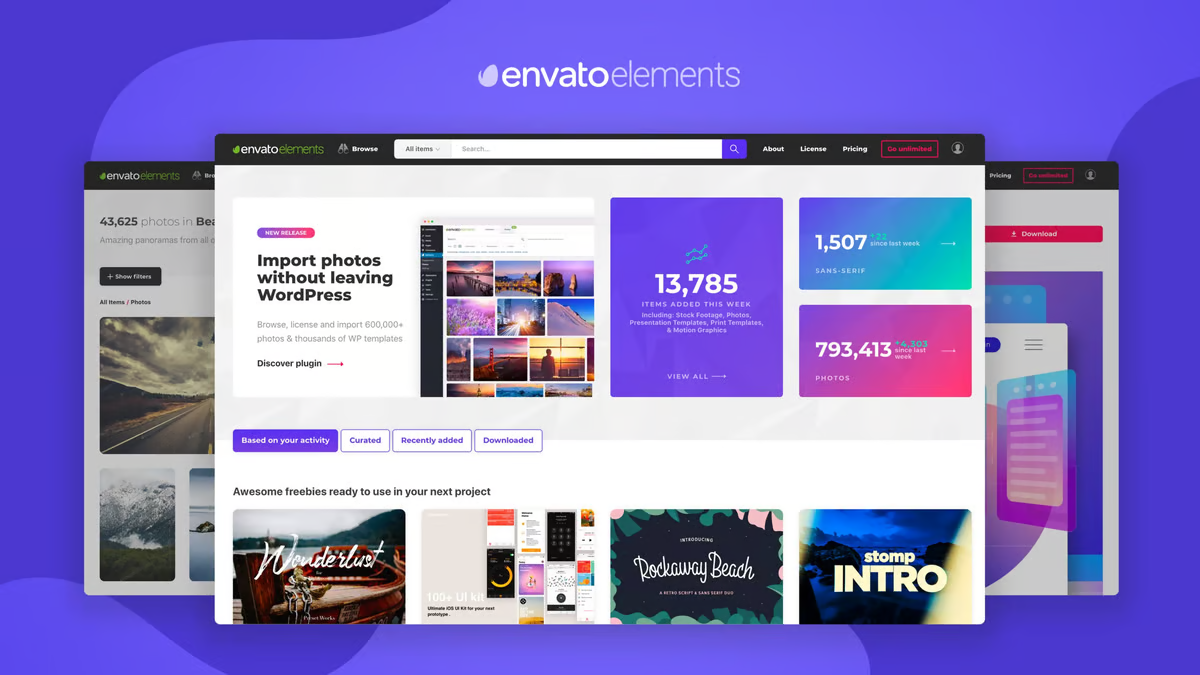Nerd Series: Tailwind | Next Gen Framework for Developers
Tailwind has quickly gained popularity among developers as a utility-first CSS framework. It's no surprise, given its quick style process and the versatility it provides when developing a website. But how can you know if this CSS framework is suited for your forthcoming development projects? This blog article by Nerd Series will explain what Tailwind is and how it differs from other frameworks like Bootstrap and Foundation.
In addition, we will explain the framework's primary benefits and drawbacks. You will be able to make an impartial judgment of whether Tailwind CSS is the correct framework for you by the end. So, without further ado, let's go further.
Tailwind CSS: Ultimate Framework Streamlining Development Processes
Tailwind CSS is a front-end CSS framework that was first published in May 2019. It is now at version 2.2. Tailwind has amassed quite a following since its initial release. Over 260k developers have used it to improve their design systems. Statistics like these have helped Tailwind become one of the most popular CSS frameworks in less than two years. Primarily, its characteristics make it an excellent choice for a wide range of applications. Surprisingly, the majority of developers favor it for creating React apps. Tailwind distinguishes itself from its competitors by giving developers total control over the style of a web application. Is this the CSS framework for you? To answer this question, consider Tailwind's pros and downsides.
Key Highlights of Tailwind CSS Functionality
* Share stuff on Instagram, Pinterest, and Facebook.
* With a single post, create content on all platforms.
* Drafts should be saved for future Instagram marketing features: publish standard Instagram posts, carousel posts, and Instagram Stories.
* In-built connection in bio tool
* Suggestions for hashtags
* Keep hashtags safe.
* The Pinterest marketing communities feature.
* Web apps, Android apps, and iOS apps Extensions for Chrome, Firefox, and Safari.
Advantages and Disadvantages of Tailwind CSS

Advantages
- Styling Authority: Tailwind is a unique CSS framework for decorating web applications in that it does not have a preset theme that you must choose, unlike other CSS frameworks. For example, even if you utilize the same pieces in each project, you may give each one a unique design (color palette, size, etc.). As a result, it's one of the few CSS frameworks that isn't prescriptive about how you should design your project.
- Improved CSS Styling Process: Regarding HTML style, there is no quicker framework than Tailwind. As a consequence, style elements directly allow you to design visually appealing layouts. This is feasible because Tailwind includes hundreds of pre-built classes that eliminate the need for you to generate designs from scratch. As a result, you don't need to develop your own CSS rules. These CSS classes are the primary reason Tailwind builds and styles so quickly, making it the best free website builder.
- Availability and Security: You may design the layout directly in an HTML file using Tailwind's pre-built classes. As a result, it is a highly responsive and mobile-friendly CSS framework. Aside from that, since its original release, Tailwind has shown to be a solid framework. Because top-tier engineers created the framework, errors and breakage are uncommon.
- Additional Options: Tailwind CSS is used on a website's front end. As a result, it is legitimate for developers to require maximum responsiveness. Tailwind, on the other hand, allows you to design responsive themes for your web apps and remove any unused CSS classes. Tailwind's PurgeCSS feature assists you in keeping your final CSS as short as possible.
- Small, reusable components are encouraged: When it comes to SPA framework components, especially React, components should be as compact and broad as feasible. This has two significant advantages:
a) This reduces code repetition. By defining components as a collection of smaller components, you can keep all of your components minimal and simple to comprehend.
b) It establishes a single source of truth. If you wish to modify the appearance or behavior of your text input, you only need to do it once.
Disadvantages
- HTML and styling are mixed: Tailwind differs from typical CSS frameworks in that you do not have to develop your own CSS rules. While this is beneficial for folks unfamiliar with CSS, it also implies that Tailwind incorporates style rules into your HTML files. This violates the "separation of concerns" concept. Many developers believe that separating page structure from style makes the Tailwind markup process more cumbersome.
- Learning Takes Time: Tailwind CSS is highly learning-intensive because of the built-in classes. Even for seasoned developers, learning how to use and fully utilize the pre-built courses might be difficult. But, like with every other aspect of growth, practice makes perfect. Tailwind, however, may not be the most excellent solution if you are confident and quick at developing CSS classes. Even if this is true, Tailwind typically speeds up CSS styling in the long term.
- Absence of Critical Components: Unlike Bulma and Bootstrap, Tailwind does not offer many key stylistic components. Unfortunately, this implies that web app elements such as headers, buttons, and navigation bars must be added manually. This is not a massive disadvantage because skilled developers can easily incorporate these functionalities. You will, however, need to devote some time to this task.
- Documentation: Although Tailwind CSS has made significant progress in offering instructions and video lessons, it still trails behind competitors such as Bootstrap. Of course, you can always contact the developers if you have an issue. Keep in mind, though, that this may take some time. As a result, you may need to customize the framework to your requirements manually.
Is Tailwind worth a shot?
In a nutshell, working with Tailwind is unlike working with other CSS frameworks. The Nerd Series has discovered its primary benefits and drawbacks. Based on these characteristics, we may conclude that a Tailwind is a versatile option for CSS-savvy developers that wish to speed up the creation and design process in the long term. Tailwind can help you save time and transform how you create websites, so it's worth your time trying it out.





